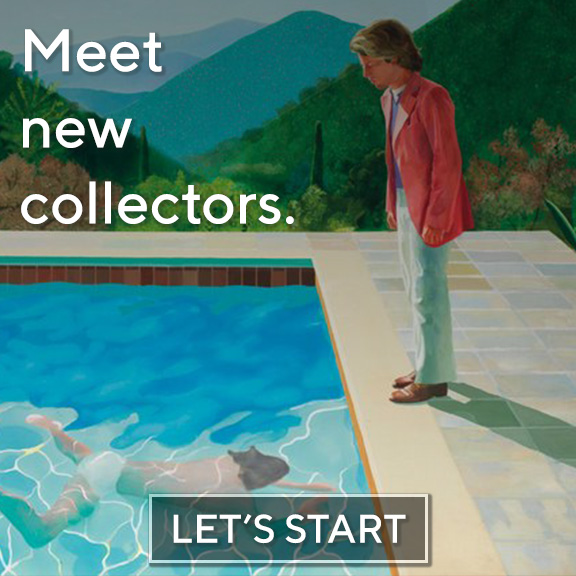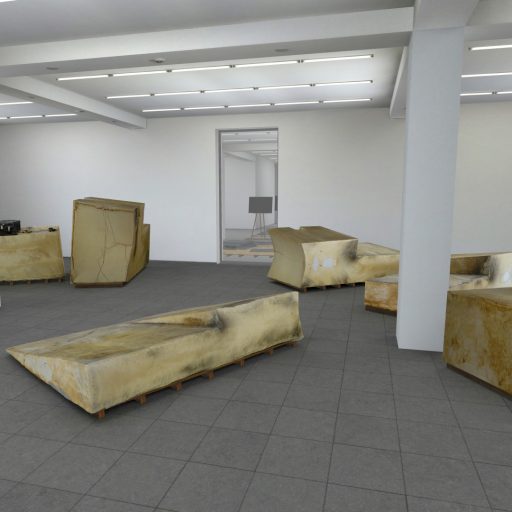

Loading...


Cindy Rucker Gallery is pleased to present new works by gallery artists Charles Dunn and Rusty Shackleford. Both artists pursue painting but with differing approaches: while Dunn uses a more traditional method of oil on panel, Shackleford employs a scanner to create a super flat surface.
Robert Storr once wrote that in Philip Guston's works you can see "pure pleasure in painting" yet an "anguish manifested." ... more >>
Cindy Rucker Gallery is pleased to present new works by gallery artists Charles Dunn and Rusty Shackleford. Both artists pursue painting but with differing approaches: while Dunn uses a more traditional method of oil on panel, Shackleford employs a scanner to create a super flat surface.
Robert Storr once wrote that in Philip Guston's works you can see "pure pleasure in painting" yet an "anguish manifested." It is from this place that Charles Dunn creates his work. Charles Dunn (b. 1969, Ohio) creates paintings that reflect the nefarious underpinnings all-around us. In his newest body of work, the paintings have figures that rest in the foreground, its few forms glowing against a background of dark grey and black. These figures are incomplete; pieces of them have eroded away like the singed rubble of an apocalyptic state or centuries-old stone on a riverbed. Not to be a harbinger of bad fortune, Dunn's work is consistently rewarding in his feeling for color. His rich palette reinforces his compositional structure and provides unexpected harmonies. Painting isn’t just about making seductive images, it’s a glimpse into a psyche, the depiction of the aura of an experience. Dunn’s works are captivating in their seemingly simple strokes, seizing the viewer’s attention and not letting go.
Rusty Shackleford (b. 1978, Alabama) doesn’t create paintings, but rather uses paint in his approach to collage and photography. Working with images primarily from found magazines, Shackleford ravages them with swaths of paint in bold, contrasting colors, reducing the sculptural by creating C-prints, leaving only the smooth surface of a photograph for his viewer. While denying his viewer texture, he also denies them the full image, obliterating part or most of it. In doing so, he highlights the quality of it’s interior, be it the unrecognized geometry, the flow of the composition, or its innate connection to seemingly uncontrolled broad strokes. In this he holds true to the nature of collage by allowing his composition to create relationships among themselves. While the viewer’s eyes seek to piece together what has been censored, Rusty Shackleford’s work is not about closing off, it’s about access.







